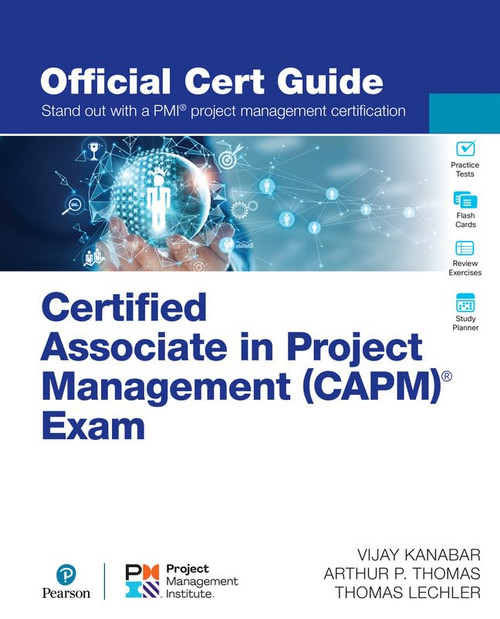Proven strategies to pass the LEED Green Associate exam
Here is the ideal study guide for understanding and preparing for the LEED Green Associate exam. Written by an expert who is a LEED consultant and partner at Green Education Servicesa premier LEED exam preparation providerGuide to the LEED Green Associate Exam engages readers by breaking down difficult concepts in sustainable design and engineering in a clearly organized, straightforward manner that helps streamline the learning process. Serving as a valuable resource for anyone looking for the challenging LEED Green Associate credential, Guide to the LEED Green Associate Exam features:
- A thorough overview to understanding the LEED certification process
- A collection of sample test questions and study tips to reinforce learned material
- An accessible and stimulating approach that fosters quicker retention
- A set of strategies for summarizing critical information and details more effectively
- A wealth of material that includes drawings, charts, and diagrams to help understand concepts visually
- A total of 128 sample flashcards that allow you to study on the go!
Five Sample Test Questions from the LEED GA Exam
- What are the benefits of integrated project delivery (IDP)?
- What are the two primary roles of USGBC?
- What are the guidelines for referencing LEED in product literature?
- The distance boundary from an existing feature or natural body that a development is required to abide by is referred to as what?
- What are the four factors to address within SS category?












